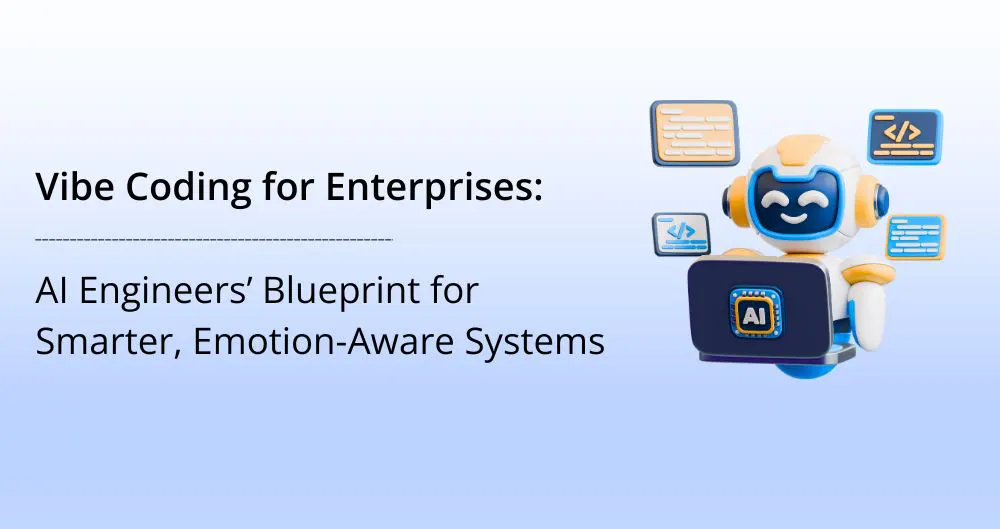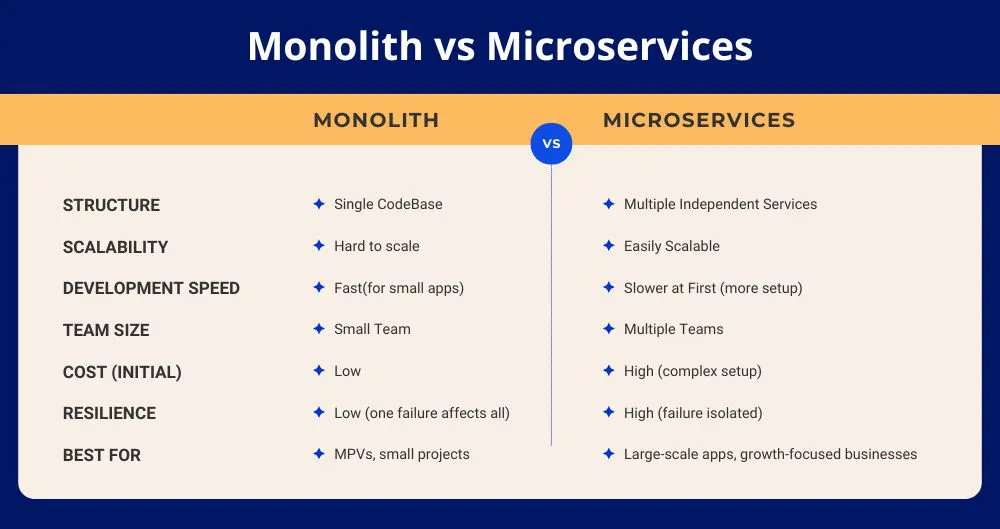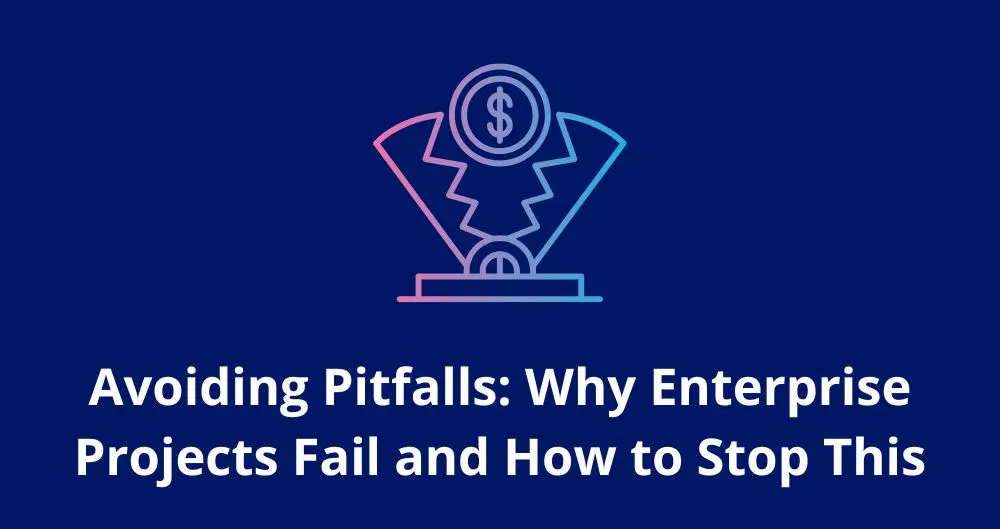April 21, 2025
While the two share common ground, key differences set them apart. Let’s break it down in our MLOps vs. DevOps comparison.
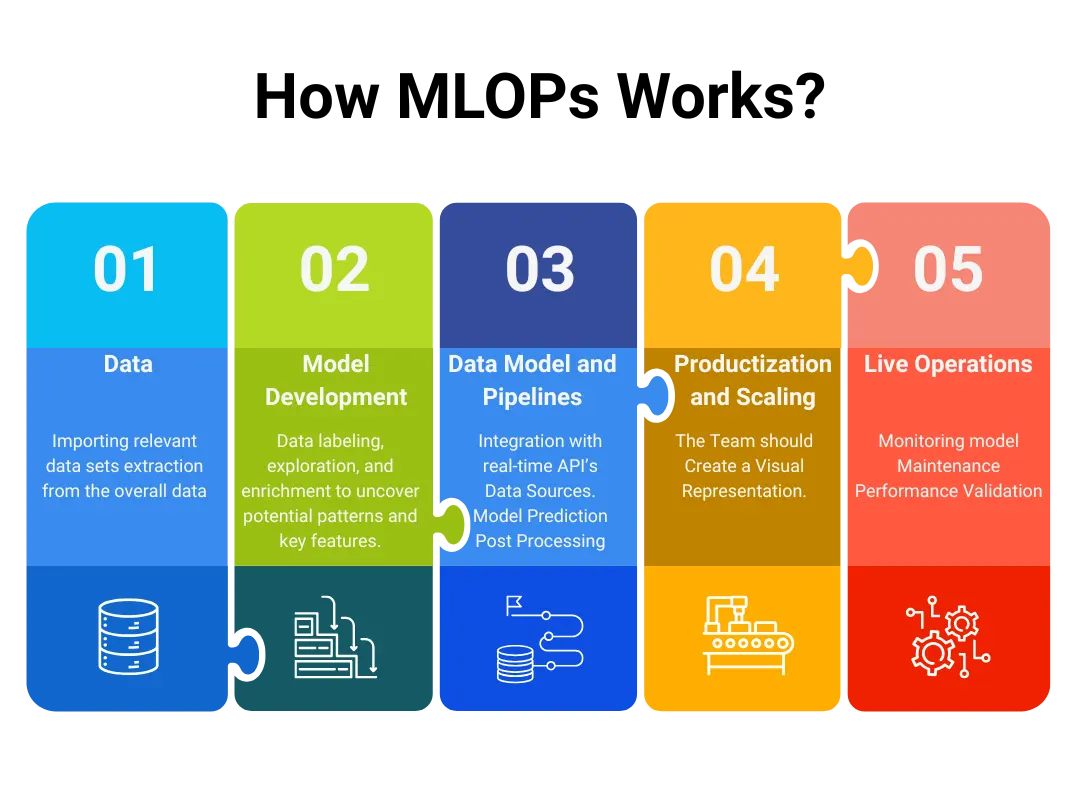
What is MLOps? A DevOps-Inspired Approach to: Machine Learning
MLOps, or machine learning operations, draws from DevOps principles with a shared focus on automation, but it goes further. While DevOps streamlines software development and deployment, MLOps extends automation across the entire ML lifecycle, from data pipelines and model training to deployment and infrastructure management. The goal: operationalize AI at scale.
By aligning ML development (Dev) with deployment and operations (Ops), MLOps ensures efficient, scalable, and reliable machine learning workflows.
Note: In the AIOps vs. MLOps vs. DevOps landscape, MLOps tailors DevOps for ML workflows, whereas AIOps uses AI/ML to optimize and automate IT operations.
DevOps Walked So MLOps Could Run: Why MLOps Wins Over AI Teams
McKinsey reports that teams using mature MLOps practices retire 30% fewer models and extract 60% more value from their AI efforts. It’s no wonder—MLOps brings DevOps-style automation and efficiency to the complexities of machine learning.
Automation Meets Iteration
DevOps revolutionized software development with automation and continuous processes like:
-
Continuous integration (CI)
-
Continuous delivery (CD)
-
Continuous deployment
MLOps builds on this foundation, applying it across the ML lifecycle. From automated model training triggered by data or code changes to continuous monitoring and testing, MLOps ensures AI workflows stay agile, scalable, and reliable. Like DevOps, it’s all about iteration, automation, and acceleration—just tailored for machine learning.
Version Control and Configuration Management
In DevOps, version control and configuration management are essential for collaboration, code tracking, and managing changes. MLOps extends these practices to datasets, model code, and configurations, ensuring reproducibility, auditability, and consistency throughout the AI development lifecycle.
Testing and Validation
DevOps emphasizes automated testing within CI/CD pipelines—covering unit, integration, and performance testing early in development. MLOps builds on this by adding tests for data, features, models, and ML infrastructure to address challenges like model drift and explainability.
Scalability and Flexibility
DevOps practices like infrastructure-as-code, microservices, and continuous delivery enable scalable, adaptable systems. MLOps adopts these and adds containerization and orchestration to manage the complexity of large models and data across diverse environments.
Collaboration
Effective automation and workflow optimization require strong alignment between development and operations, core to DevOps. MLOps broadens this collaboration to include data scientists, ML engineers, and IT, enabling smooth model deployment and emphasizing lifecycle management and governance.“
— Shehzad Ali, AI Lead Engineer, Techzooni
DevOps Without MLOPS for ML WorkFlows
Technology
- Automated Build Processes.
- Automated tests for application code.
Highlights
- Releases are more manageable compared to having no MLOps, but they still require the Data Team’s involvement for each new model.
- Limited visibility into how well a model is performing in production.
- Challenges in tracing and reproducing results.
Comparing MLOPs and DevOps Workflows
DevOps and MLOps both focus on automation, quality control, and continuous feedback, but take different routes to deliver value. DevOps begins with environment setup, followed by coding, CI, automated testing, and extends to post-deployment monitoring for continuous improvement.
In contrast, MLOps centers on five core stages: data preparation, model development and training, deployment, and post-deployment optimization. It emphasizes versioning, automation, and tools like containerization and autoscaling to streamline the ML lifecycle.
Are MLOps and DevOps Adoption Drivers the Same?
While DevOps and MLOps share common goals—faster development cycles, greater productivity, improved system reliability, and better collaboration—their specific adoption drivers differ due to the nature of ML workflows. Here’s a concise look at what’s pushing MLOps adoption forward:1. Fast-Tracking AI Scalability
MLOps accelerates AI deployment from months to weeks by standardizing processes and automating tasks like data ingestion and integration. Reusable, modular components make scaling easier—e.g., a fintech client built a central AI platform and rapidly adapted it across countries.
2. Streamlined Data Processing
Automated pipelines, enhanced by LLMs and MLOps tools, replace manual data wrangling. They speed up data transformation, improve quality, reduce errors, and support governance—cutting time and complexity in data workflows.
3. Smarter Data Management
MLOps simplifies dataset classification through metadata tagging and unified repositories. This improves data security, compliance, and access while aligning with existing governance frameworks.
4. Better Dataset Change Tracking
Versioning and experiment tracking help teams compare datasets, monitor impact on model performance, and conduct A/B tests. Built-in analytics provide insights into how changes affect accuracy, precision, and other key metrics.
5. Scalable Compliance and Governance
MLOps supports model governance with centralized tracking, version control, and detailed documentation. One fintech client improved auditability by adopting CI/CD, pipeline orchestration, and metadata management.
6. Higher Model Quality, Lower Costs
Continuous monitoring detects issues early and enables automated retraining. MLOps tools optimize resource usage and scale dynamically, reducing costs without sacrificing performance.
Frequently Asked Questions
1. Why was MLOps created when DevOps already existed?
2. Do MLOps and DevOps overlap?
3. Does MLOps replace DevOps?
Table of Contents
- What is MLOps? A DevOps-Inspired Approach to: Machine Learning
- DevOps Walked So MLOps Could Run: Why MLOps Wins Over AI Teams
- Version Control and Configuration Management
- Comparing MLOPs and DevOps Workflows
- Are MLOps and DevOps Adoption Drivers the Same?
- Frequently Asked Questions
- Related Articles
- Vibe Coding for Enterprises: AI Engineers’ Blueprint for Smarter, Emotion-Aware Systems
- Microservices vs Monolith: Which Architecture is Right for Your Project?
- Avoiding Pitfalls: Why Enterprise Projects Fail and How to Stop It
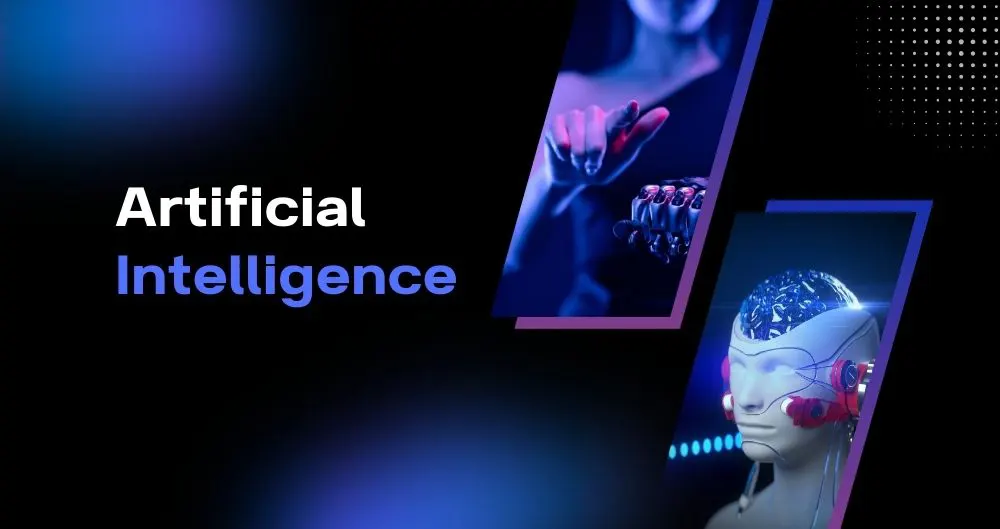
Why Trust Techzooni?
🤖 Proven Expertise in AI Development
🔒 Secure and Scalable Solutions
🌐 End-to-End Support from Concept to Execution
📈 Data-Driven Decisions for Better Business Outcomes
With Techzooni, you can trust that your AI initiatives will be handled with care, precision, and innovation.
Related Articles
Vibe Coding for Enterprises: AI Engineers’ Blueprint for Smarter, Emotion-Aware Systems
Imagine a future where building software feels a bit like having a conversation. You tell your system what you want in plain English. Behind the scenes, intelligent agents spin up code, run tests, refactor, and even suggest improvements. That’s the world of vibe...
Microservices vs Monolith: Which Architecture is Right for Your Project?
Imagine that you’re opening a new restaurant. You could either rent one big hall where the kitchen, storage, and dining all happen in the same space—or you could design separate sections: a kitchen, a pantry, a dining area, and a drive-thru. Both setups can serve...
Avoiding Pitfalls: Why Enterprise Projects Fail and How to Stop It
Every successful software project starts with one key step: understanding why so many others fail. Large-scale enterprise initiatives are ambitious, but they often run into hurdles that derail progress. Research from Deloitte shows just how common this is. Among...

